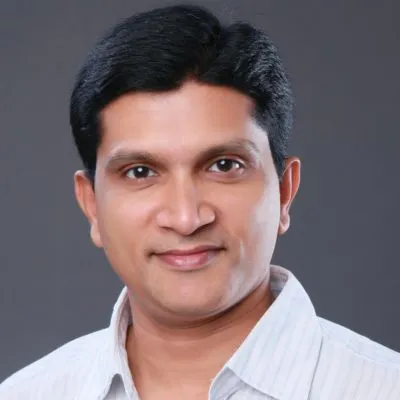The expression “material resources of the community” would cover even private resources, the Maharashtra government told the Supreme Court, adding that the scope and extent of state intervention to redistribute it to the “community” will be subject to judicial review.
“Material resources of the community in the context of reordering the national economy embraces all the national wealth, not merely natural resources, all the private and public sources of meeting material needs, not merely public possessions. Everything of value or use in the material world is material resource and the individual being a member of the community, his resources are part of those of the community…,” Attorney General R Venkataramani, appearing for the Maharashtra Housing And Area Development Authority, told a nine-judge Constitution bench. He was quoting from the minority opinion by Justice V R Krishna Iyer in the 1978 ruling in State Of Karnataka And Anr Etc vs Shri Ranganatha Reddy & Anr. The case dealt with the nationalisation of road transport services.

The bench, also comprising Justices Hrishikesh Roy, B V Nagarathna, Sudhanshu Dhulia, J B Pardiwala, Manoj Misra, Rajesh Bindal, Satish Chandra Sharma and Augustine George Masih, is answering a reference whether the phrase “material resources of the community” in Article 39(b) of the Constitution includes what is privately owned. The next hearing will resume on April 30.
Story continues below this ad
Article 39(b) in the Directive Principles of State Policy says that “the State shall, in particular, direct its policy towards securing that the ownership and control of the material resources of the community are so distributed as best to subserve the common good”. Article 39(c) states that “the operation of the economic system does not result in the concentration of wealth and means of production to the common detriment”.
The reference to the nine judges had arisen in the context of the two views emerging in the Ranganatha Reddy case.
Quoting further from the judgment, Venkataramani said, “To exclude ownership of private resources from the coils of Article 39(b) is to cipherise its very purpose of redistribution in the socialist way. A directive to the State with a deliberate design to dismantle feudal and capitalist citadels of property must be interpreted in that spirit and hostility to such a purpose alone can be hospitable to the meaning which excludes private means of production or goods produced from the instruments of production”.
Justice Nagarathna drew the A-G’s attention to Justice Iyer’s words that “there is another stark possibility of the administration sliding back from the progressive constitutional values to protect private interests; and then the court may activate the ‘welfare jurisprudence’ of the Constitution by appropriate commands”. She asked the AG if this “isn’t…a caveat against privatisation and liberalisation, which is the order of the day today? And where private enterprise is being encouraged, and as a result, the increase in private wealth ultimately leads to the increase in the nation’s wealth?”
Story continues below this ad
Venkatarmani responded, “I’m not seeing that in the classic Marxist sense that you regulate everything. Such constitutional provisions will receive wisdom and maturity in an evolving constitutional framework. So whether we have a private capital, this provision — Article 39(b) — will still have some relevance”.
Justice Nagarathna added that “Justice Krishna Iyer seems to be warning against scenario of today”.
The A-G said, “He wrote that at a point of time with his own understanding of what would be reading into Article 39(b). But that’s only one index of looking at 39(b). I am looking at various indexes which may have to be brought into 39(b) and we do not know how many indexes are going to be there.” He added that to say that one will look at only a Marxist of socialist index will not be the right approach.
Added Justice Nagarathna, “Each word of the Constitution can have a different meaning at a different point of time, so we cannot think of only what was there in the 1950s. The same words can be interpreted” differently “in the 21st century”.
Story continues below this ad
The CJI asked if a car one owns or salary would constitute a material resource of the community.
Venkataramani answered that “the moment it goes beyond a boundary, an element of the community having a call on the resource (emerges)”.
Buttressing the argument, he added, “we don’t live in isolation. All of us live in a transactional, inter-relationship. So the wealth we create, the value we create are all by our interactions in economic activities. So the word resource in 39(b) essentially connotes an economic base”.
The CJI asked, “That means a corporation which produces cars of semiconductor chips, which produces mobiles are all resources of the community?”
Story continues below this ad
The A-G said, “They are all resources of the community in the most fundamental constitutional sense.” “The next question is to what extent the state can enter into regulating etc”.
He said that the term community has to be understood in a broad, sociological sense. It can be a nation, a part of the nation, a geographical area where people have an organised way of life.
Emphasising that he was not advocating any particular economic philosophy, the A-G said, “We are not asking the court to read Article 39(b)from a particular economic prism or economic lens. The moment we try to bring into Article 39(b) any particular economic doctrine, it is going to crib, cabin, confine it. It must have its openness”.










